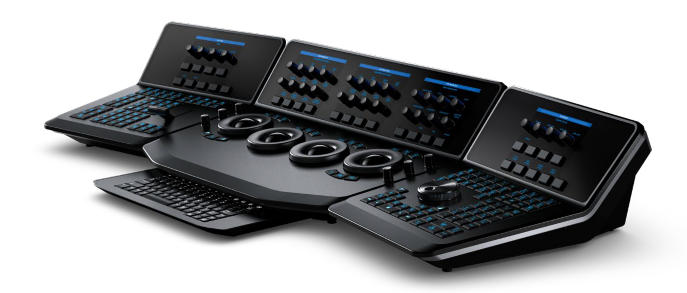
< Previous | Contents | Next >
The smaller two panels connect to the Center panel via an integrated USB hub, and the Center panel connects to your workstation via USB 2.
On all three panels, the fixed keys and specialized mechanical/optical controls are located on the bottom flat area. The operator-facing top area has all of the dynamically assigned soft keys and rotary controls, located atop an LCD panel which provides dynamic labeling and visual references for each soft control, all angled to be visible to the operator without parallax errors. These soft control displays also provide real-time feedback where you can see the relative settings of each variable control knob at a glance.

The Trackball panel includes a slide-out keyboard
Using Fixed Keys and Shift Up/Shift Down Functions
As the name implies, fixed keys offer unchanging functionality for frequently used functions.
They’re arranged in clusters of like-minded functionality in an effort to make it easy to access a variety of related controls in one place that’s easier to remember. For example, all the keyframing controls are clustered together at the bottom-right of the Search Dial panel, next to the fixed transport controls which are clustered together at the bottom-left of the Search Dial panel (under the Jog/Shuttle wheel).
![]()
However, just because they’re fixed doesn’t mean they’re limited. Many, if not most, of the fixed keys offer one or two alternate functions, appearing above and below the primary function.
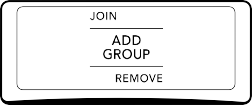
Each fixed key can list as many as three different functions; the main function appears at the center, the SHIFT-UP function appears at the top of the key, and the SHIFT-DOWN function appears at the bottom of the key.
The primary function of each fixed key, which is what happens when you simply press it, is displayed at the center in slightly larger text. Every key has at minimum one primary function. In the key shown above, ADD GROUP is the primary function that will be executed when you press the key once, so selecting a number of clips in the Thumbnail Timeline and then pressing this key would create a new group containing all selected clips.
For keys that have them, the alternate commands of fixed keys are accessed using SHIFT UP and SHIFT DOWN keys, a pair of which are located on each of the three panels.
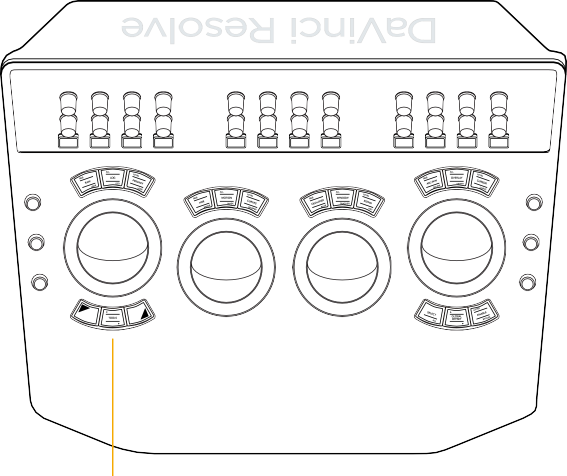
![]()
Shift keys shown under the left-most trackball let you access secondary functions; the T-Bar and Jog/Shuttle panels each have shift keys.
Pressing SHIFT UP gives you access to whichever alternate fixed key commands are displayed at the top. To help you see which keys have SHIFT UP functionality, pressing SHIFT UP illuminates all keys having an alternate function with a different color. In the key shown previously, pressing SHIFT UP will illuminate this key with another color to let you know it’s ready to use, and then pressing this key executes the JOIN function, adding the currently selected clip in the Thumbnail Timeline to the current group.
Pressing SHIFT DOWN works similarly, to illuminate and give access to alternate fixed key commands displayed at the bottom of buttons that have them. In the key shown previously, pressing SHIFT DOWN and then this key would execute the REMOVE function, removing the currently selected clip in the Thumbnail timeline from whichever group it belonged to.
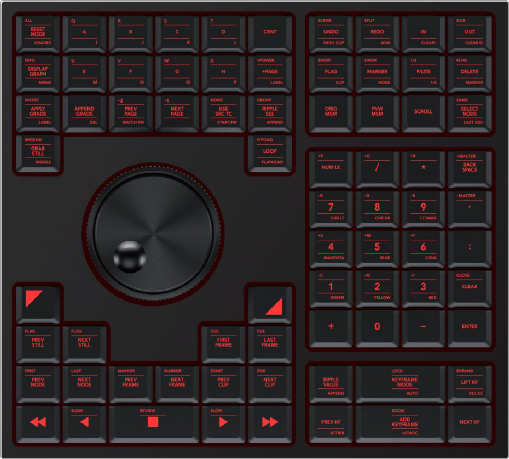
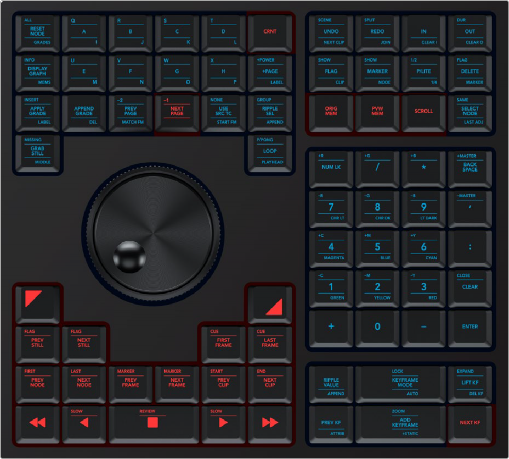
![]()
(Top) The default lit keys of the Search Dial panel, (Bottom) Pressing SHIFT DOWN highlights all keys with alternate SHIFT DOWN functions so you can instantly see which keys are selectable.